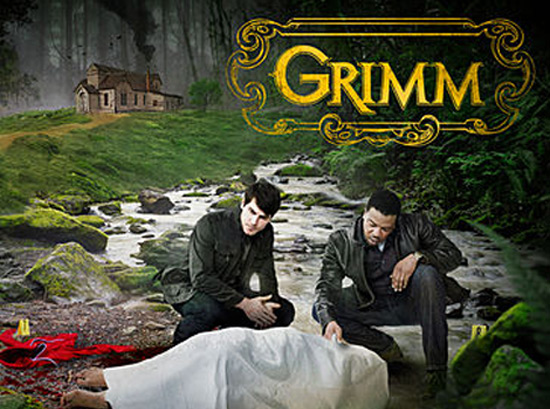My junior year of high school, I got into a huge debate with my English teacher. Our assignment was to write an original fairy tale, complete with magic, princes, giants and the strong morals commonly found in such tales. I however, included symbolism and a complex vocabulary as well. Apparently, that was not acceptable.
“It’s a fairy tale,” my teacher critiqued. “A child should be able to understand it.” She then handed me a two-page list of all the SAT words and descriptive clauses that I must remove. Needless to say, I felt myself being wrongly censured. Weren’t fairy tales for adults as well?
Well, Ms. King, it now seems that the entertainment industry agrees with me. Throughout 2011, Hollywood launched an avalanche of projects, all based on the folklore of childhood, specifically for grown ups.
At the helm were such young adult fare as Red Riding Hood and Beastly, both of which provided more melodramatic takes on the traditional tales. Upon their release earlier this year, the entertainment media immediately began to gossip. With Twilight almost over and the vampire craze (finally) losing steam, could fairy tales be the answer? Could tales inspired by the Brothers Grimm and Hans Christian Andersen feed the scores of adolescents craving steamy, dark, fantastical romance?
Fairy tales certainly could help fill that gap. More recent projects, however, have taken a more mature approach. Last week saw the premiere of two network TV shows with fairy-tale premises, both hoping to appeal to adult audiences.
ABC’s Once Upon a Time (Sundays at 8 PM) traps such iconic characters as Snow White, Prince Charming and Rumplestiltskin in modern-day reality, described as “someplace horrible” with no happy endings. Since the show comes from the writers of Lost, viewers know already that nothing (and I mean nothing) will be as simple as it initially seems. Don’t watch this show expecting the television version of Enchanted.
NBC offers Grimm (Fridays at 9 PM), in which has fairy tale villains, like the Big Bad Wolf himself, commit grisly crimes parallel to those found in the stories. Eating Little Red Riding Hood thus becomes kidnapping young girls in red sweatshirts…and then still eating them. A Portland cop, descendent of the Brothers Grimm, must neatly catch these fantastical criminals by the end of each episode.
Don’t think the film industry has dropped the ball, however. In the first half of 2012, viewers will see the release of two Snow White variations. Both boast a strong female lead, a fierce female villain and a stellar supporting cast, successfully marketing to informed audiences of the twenty-first-century. I personally look forward to a Snow White that, as a girl, I can watch past the age of twelve without outwardly cringing.
Other movies slated for early next year include Jack the Giant-Killer and Hansel and Gretel: Witch Hunters. Both feature an array of fantastic actors, ranging from favorites like Ewan McGregor and Stanley Tucci to indie darlings like Jeremy Renner and Gemma Arteton. Ever considered the German brother and sister so fond of sweets growing up into vengeful bounty hunters? Well, apparently, somebody did, because they are making a movie about it.
This resent onslaught of fairy tale-themed media feels so newsworthy simply due to its target audience. The entertainment industry has been using such stories for inspiration since the 1930s; it is hardly a recent development. Their themes and morals have become so common that they have been embedded into a global conscious. Yet, the idea of fairy tales created solely for adult viewers has rarely been considered mainstream entertainment until now. That’s simply unfair. After all, all adults need happily ever afters too.










Not all teachers are right and in this case your teacher was wrong. Fairy tales are for everybody.